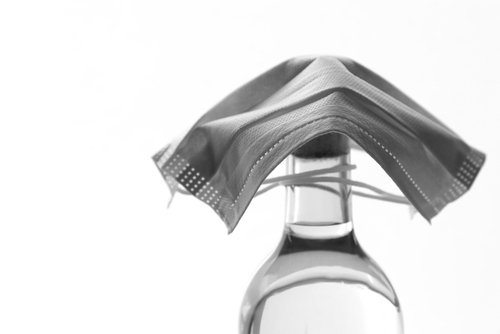 Now that we’re six-plus months into the pandemic, chances are good you’ve had to deescalate a situation with an angry customer in your tasting room. Angry because they were asked to wear a mask, or someone else wasn’t. Angry because children or pets weren’t allowed on the patio, or because they were. Angry the food truck didn’t show up as planned. Or simply angry at the state of things on the outside – protests, violence, politics, teaching, health concerns, employment and separation, just to name a few – and anxious about getting back to normal. While many of us have learned to manage these feelings and our reaction to them, you’re going to have someone who lashes out at your business at some point, if not already. Today we take a quick look at appropriate responses to angry craft beverage customers during COVID-19:
Now that we’re six-plus months into the pandemic, chances are good you’ve had to deescalate a situation with an angry customer in your tasting room. Angry because they were asked to wear a mask, or someone else wasn’t. Angry because children or pets weren’t allowed on the patio, or because they were. Angry the food truck didn’t show up as planned. Or simply angry at the state of things on the outside – protests, violence, politics, teaching, health concerns, employment and separation, just to name a few – and anxious about getting back to normal. While many of us have learned to manage these feelings and our reaction to them, you’re going to have someone who lashes out at your business at some point, if not already. Today we take a quick look at appropriate responses to angry craft beverage customers during COVID-19:
- I’m angry, dammit
- Social media backlash
- Strongly-worded email
- In-person confrontation
- Guide to Marketing During COVID-19
Now is simply not the time for bad press around your craft beverage brand. An insensitive social media response or email rebuttal creates an “us versus them” battle that is impossible to win. In the scenarios we’ll discuss, you’ll find the customer isn’t always right, but you need to make them feel heard. This can be hard when our pride makes us defensive of the experience and team we’ve built. Showing that we, too, are trying to figure things out during COVID-19 and asking for the customer’s patience will go miles towards keeping their business. And those turnaround stories, photos and posts are what will help new customers discover your tasting room.
i’m angry, dammit
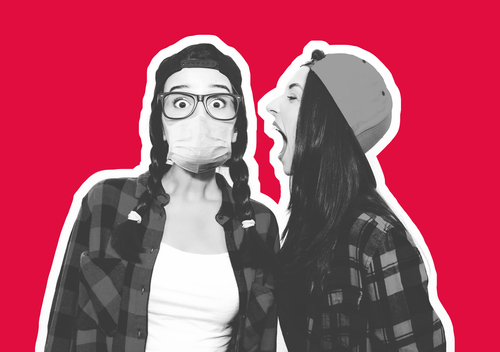 A recent article by Alvin Powell in the Harvard Gazette discusses the emotional response to tension caused by the pandemic, featuring an interview with David H. Rosmarin, Assistant Professor of Psychology at Harvard and Clinician at McLean Hospital. It’s a great read about how we as humans need to feel connected to others, but we become aggressive when it comes to defending ourselves. Anger is then an unhealthy way of dealing with fear, sadness and other emotions caused by COVID-19.
A recent article by Alvin Powell in the Harvard Gazette discusses the emotional response to tension caused by the pandemic, featuring an interview with David H. Rosmarin, Assistant Professor of Psychology at Harvard and Clinician at McLean Hospital. It’s a great read about how we as humans need to feel connected to others, but we become aggressive when it comes to defending ourselves. Anger is then an unhealthy way of dealing with fear, sadness and other emotions caused by COVID-19.
What’s the takeaway for by business? Anger is rarely an automatic, isolated reaction to a situation. There’s often something deeper. Are they really angry your food truck didn’t show? Chances are good they are sad they weren’t able to have a “normal” night out. When they yell at the next customer for not wearing a mask, they probably fear the unknown and wish the pandemic was over. It’s tough to take a beat to try to get to the heart of why a customer is angry, because everything’s happening in real-time and you have a full tasting room to manage. However, if you’re able to walk through scenarios like this with your team, you stand a better chance of deescalating a potentially destructive situation. And in a completely counter-intuitive power move, showing your own vulnerability puts you on more of a level playing field with the aggressor, causing them to turn down the energy level to meet you at least partway.
social media backlash
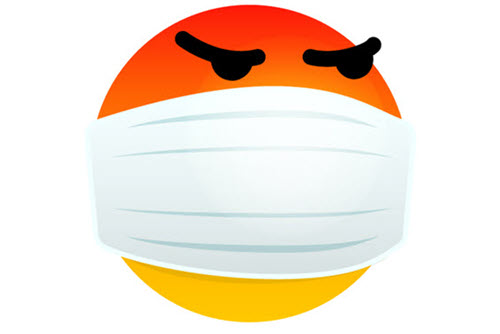 When was the last time you saw someone post a scathing social review and hundreds if not more people jumped on board? Tasting rooms have been closed as a result of poor communications around a single, highly-visible incident. This is not meant to be Crisis Management 101 for your craft beverage business: moreso a not-so-subtle reminder that the best way to handle a potentially explosive situation during COVID-19 or otherwise is to have a response plan in place beforehand. While it’s impossible to prepare for every scenario, below are some practical ideas to help address disgruntled customers on social media:
When was the last time you saw someone post a scathing social review and hundreds if not more people jumped on board? Tasting rooms have been closed as a result of poor communications around a single, highly-visible incident. This is not meant to be Crisis Management 101 for your craft beverage business: moreso a not-so-subtle reminder that the best way to handle a potentially explosive situation during COVID-19 or otherwise is to have a response plan in place beforehand. While it’s impossible to prepare for every scenario, below are some practical ideas to help address disgruntled customers on social media:
- Take a breath: try to see all sides of the situation
- Size and scale: is it an immediate threat to [continued] business
- Hit the pause button: delay publishing any planned posts
- Come to an agreement: what is the appropriate response
- Use one voice: one person responds directly to the customer
- Be private: ask to take the conversation off-wall if it continues
- Notify publicly: if more than one customer or a broader service issue
- Specify next steps: what actions were taken in response
- Reassure the customer: prevent future issues
- Open communications: recognize social, email and other forms of feedback
Market Your Craft has a list of a dozen 200-300-character responses to various service- or product-related scenarios and a designated point person when things go sideways. Any confusion that exists internally is bound to be amplified outside, so responding with a singular voice is important (even when you’re using a shared management tool like Sprout Social). Be sure to document any customer issues and your response for future training opportunities (and in case of recurrence).
strongly-worded email
Similar to social, “nastygrams” can leave you and your team if you did anything right when the customer visited your tasting room. There are two main differences: time delay and message length. These customers are completely within their rights to take issue with some aspect of your service or product, they just chose to do so after-the-fact rather than in-person with a manager. This is further compounded by 1) alcohol and 2) friends or family saying things like, “if you’re that upset, you should say something.” So, they find the general info@ email inbox and proceed to detail everything that went wrong with their evening. Now what?
 WAIT. DON’T RESPOND IMMEDIATELY. Hopefully this example doesn’t apply to you, but imagine emailing your boss the second you find out the company’s letting you go. Remember that anger discussion a few paragraphs back? Fear, sadness, joy…perhaps all three could be going through your head and heart while you’re writing that response. Which is why it’s important to pause and let cooler heads prevail. If you have the luxury of time, draft an email (or better yet, choose from a templated response) and send it to one or two coworkers you trust. As with any situation in need of deescalating, try to find a common ground that shows empathy and vulnerability. Be the bigger person in a very difficult situation. Keep your response concise and end with an offer to continue the discussion over the phone or in-person. Don’t offer to give anything away, but do pledge to make things right. Email, like social, can get passed around quickly if communications are not properly managed.
WAIT. DON’T RESPOND IMMEDIATELY. Hopefully this example doesn’t apply to you, but imagine emailing your boss the second you find out the company’s letting you go. Remember that anger discussion a few paragraphs back? Fear, sadness, joy…perhaps all three could be going through your head and heart while you’re writing that response. Which is why it’s important to pause and let cooler heads prevail. If you have the luxury of time, draft an email (or better yet, choose from a templated response) and send it to one or two coworkers you trust. As with any situation in need of deescalating, try to find a common ground that shows empathy and vulnerability. Be the bigger person in a very difficult situation. Keep your response concise and end with an offer to continue the discussion over the phone or in-person. Don’t offer to give anything away, but do pledge to make things right. Email, like social, can get passed around quickly if communications are not properly managed.
in-person confrontation
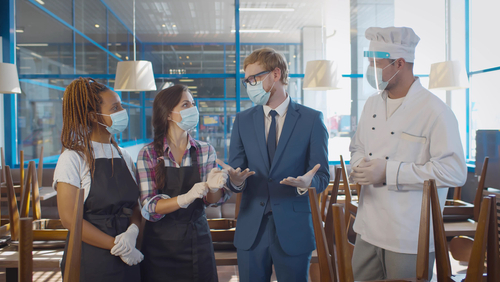 Probably the most uncomfortable situation imaginable is talking face-to-face with a customer who is disappointed with your tasting room. But with the right tools, it’s by far the most straightforward way to deescalate in-person issues because less time has passed for the customer become aggressive and build momentum. Your bar staff is the first point of contact in most in-person confrontations. Make sure they feel empowered to help manage the situation by asking the right questions and getting to the root of the issue. If necessary, the manager should ask if the discussion could happen in a quiet area away from other customers. Using empathetic, never condescending, statements, the manager looks for a win-win scenario if possible. Otherwise, consider the following tips when things start to boil over:
Probably the most uncomfortable situation imaginable is talking face-to-face with a customer who is disappointed with your tasting room. But with the right tools, it’s by far the most straightforward way to deescalate in-person issues because less time has passed for the customer become aggressive and build momentum. Your bar staff is the first point of contact in most in-person confrontations. Make sure they feel empowered to help manage the situation by asking the right questions and getting to the root of the issue. If necessary, the manager should ask if the discussion could happen in a quiet area away from other customers. Using empathetic, never condescending, statements, the manager looks for a win-win scenario if possible. Otherwise, consider the following tips when things start to boil over:
- Take ownership: admit your part in the mistake
- Ask for clarity: what are they thinking and feeling
- Focus: pick out one main issue
- Stay calm: keep your composure and pause before responding
- Listen carefully: paraphrasing what the customer says helps
- Avoid absolutes: try to find a middle ground, where possible
- Agree on resolution: what’s needed to return to normal
The customer isn’t always looking for a make-good or something for free. Giving them the benefit of the doubt, sometimes they just want to be sure it doesn’t happen when they visit again. The manager can assure them steps will be taken to prevent that. But if it starts to look like the customer wants something comped, or a gift certificate, or some grandiose promise of “never having to pay for drinks again”…be careful not to bend too far. You don’t want to set an expectation for future visits, or worse yet, other customers if the word were to get out about your handling of the situation.
guide to marketing during COVID-19
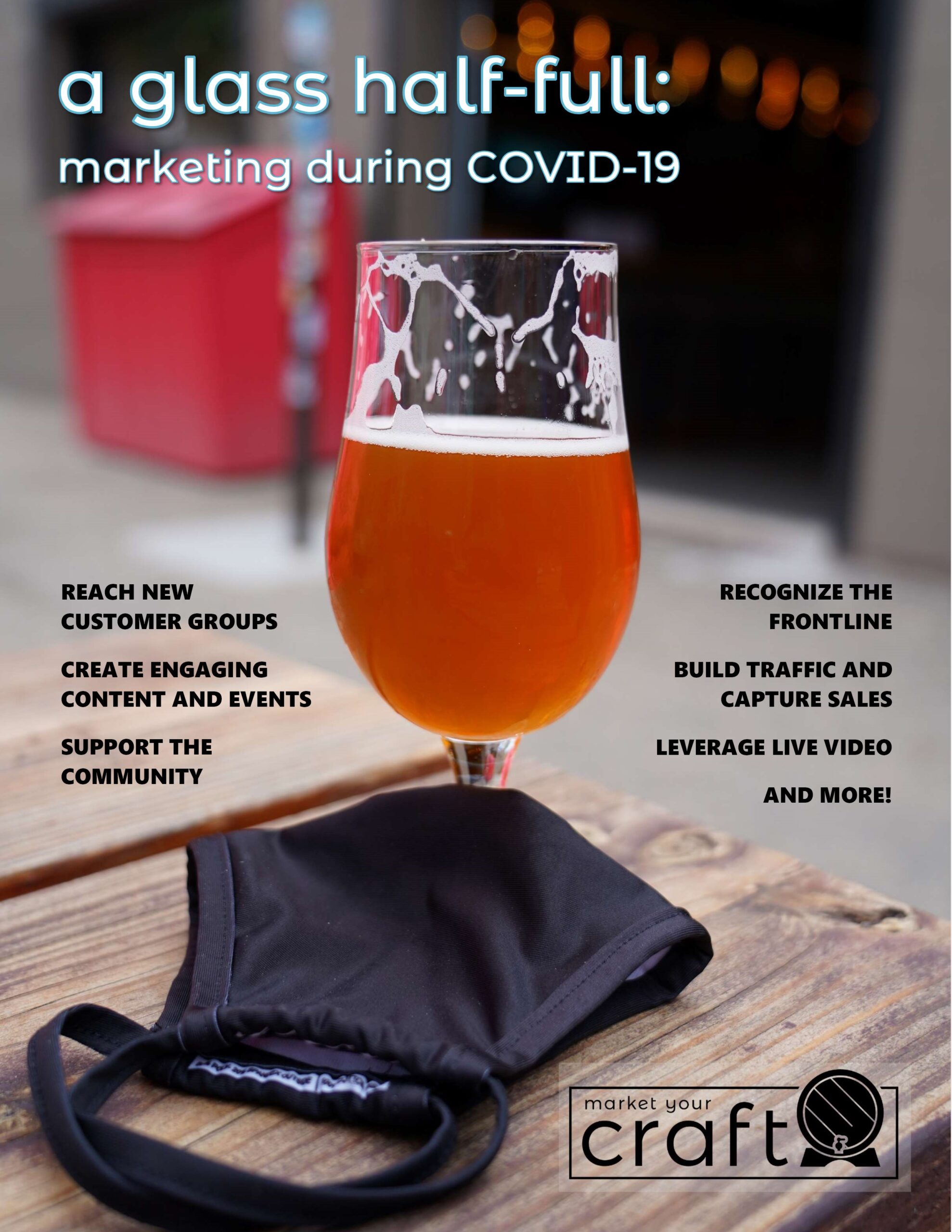 Part of actively managing the stories being told about your craft beverage brand is neutralizing any customer tension caused by the pandemic and deescalating potentially caustic situations. This clears the way for everyone to enjoy drinks in a safe, socially-distanced environment. For those people who are still uncomfortable, we’ve designed a guide with proven marketing tools to empower your team during COVID-19:
Part of actively managing the stories being told about your craft beverage brand is neutralizing any customer tension caused by the pandemic and deescalating potentially caustic situations. This clears the way for everyone to enjoy drinks in a safe, socially-distanced environment. For those people who are still uncomfortable, we’ve designed a guide with proven marketing tools to empower your team during COVID-19:
- Message COVID-19 effectively
- Design a procedures landing page
- Notify everyone of your hours
- Support frontline workers
- Reach new audiences
- Develop content and events
- Engage customers with video
- And more!
Schedule a complimentary Zoom call to review your digital efforts and receive “A Glass Half-Full: Marketing During COVID-19” (a $99 value). Sharpen your focus on customer needs and keep fans engaged during the pandemic.
MailChimp archive:
https://mailchi.mp/3271964cd1fb/200922_customerservice?e=bd76eedb35
Download:
https://app.box.com/s/l7n19u0jgwme3ihexclb539ix88pdbnv